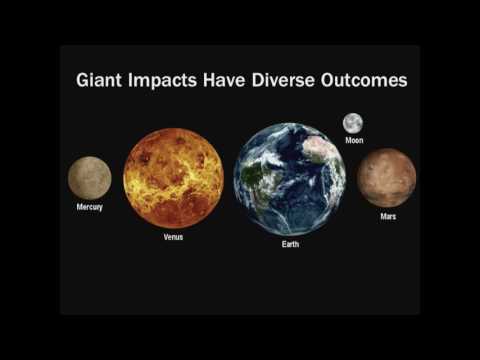Description:
Explore the groundbreaking theory of Earth and Moon formation in this Harvard University lecture by Professor Sarah Stewart. Delve into the challenges faced by the canonical giant impact model and discover a new hypothesis that reconciles recent geochemical findings from lunar rocks. Learn about the significance of stochastic early events in shaping our habitable planet, the role of giant impacts in the solar system, and the implications of a fast-spinning Earth. Examine concepts such as angular momentum conservation, orbital resonance, and the volatile budget of our planet. Gain insights into the scientific process as Professor Stewart presents a revised model for lunar origin that addresses the crisis in planetary science and reshapes our understanding of Earth's violent beginnings.

The Violent Origin of the Earth and Moon
Add to list
#Science
#Astronomy
#Planetary Science
#Earth Science
#Geology
#Geochemistry
#Physics
#Angular Momentum